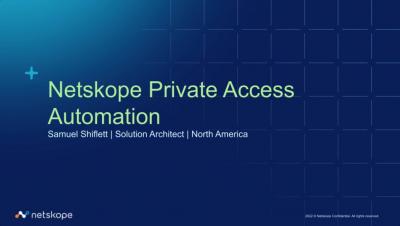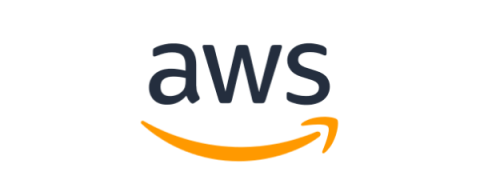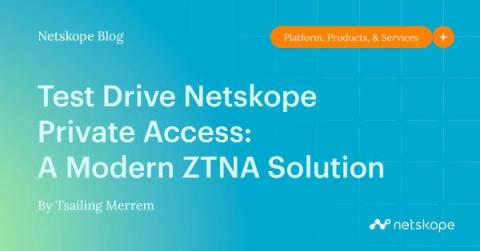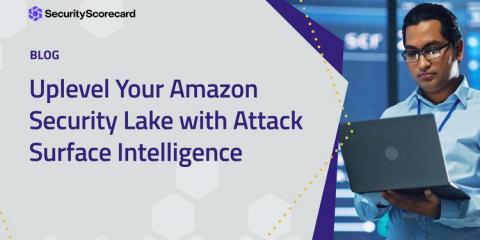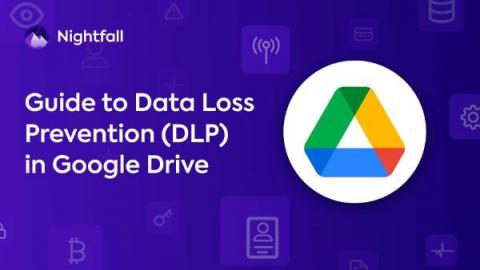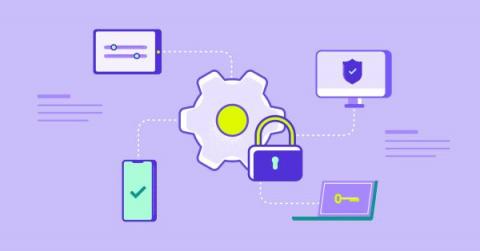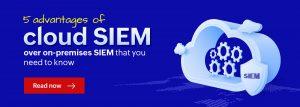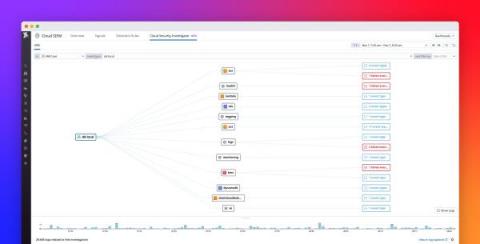Security | Threat Detection | Cyberattacks | DevSecOps | Compliance
Technology
Devo Enters a Strategic Collaboration Agreement with Amazon Web Services: What It Is and How It Benefits Customers
Devo recently announced that it has entered into a strategic collaboration agreement with Amazon Web Services (AWS). This is a significant milestone for Devo and great news for our mutual customers with AWS. We caught up with Tony Le, cloud partnerships director, to take a deeper dive into what this means and how the collaboration will benefit our users in the long run.
Test Drive Netskope Private Access: A Modern ZTNA Solution
We are pleased to announce that Netskope Private Access (NPA) is now available to test drive, meaning you can experience a truly modern zero trust network access (ZTNA) solution firsthand with no commitment and no software to download or install. Selecting and implementing the right ZTNA solution is a crucial part of the SASE journey, and our goal is to make your process of evaluating Netskope Private Access as easy as possible.
Up Level Your Amazon Security Lake with Attack Surface Intelligence
As global network infrastructure expands to include devices without traditional compute power, every organization’s attack surface becomes increasingly complex. Parallel to the increased complexity in the threat landscape is the increased scale and complexity of the signals and data necessary to produce meaningful cybersecurity insights. At its core, cybersecurity is a big data problem, requiring centralization of disparate data sources in uniform structure to enable continuous analytics.
Adventures in Open Source: A conversation about the journey and lessons learned
Analyze security logs from Amazon Security Lake with Datadog
Amazon Security Lake allows customers to build security data lakes from integrated cloud and on-premises data sources as well as from their private applications. Directing your security telemetry into a unified data lake makes it easier to manage, analyze, and route security-log and event data to third-party SIEM solutions that leverage that telemetry.
The Essential guide to Google Drive Data Loss Prevention (DLP)
Google Drive is an integral part of Google Workspace (formerly known as G Suite). With over 6 million customers and over 2 billion monthly active users, Google’s platform is the world’s largest collaboration tool for companies both large and small. In Google Drive, employees across the world create, edit, and share files on a daily basis. This, however, does not occur without the risk of data leakage.
Mobile device management 101: Why it matters and how to deploy
To build a strong security and compliance foundation, organizations need to be able to view, manage, and secure devices, such as laptops and desktops. If you’re new to security and compliance, you may be wondering how to tackle this problem—especially at scale. With effective mobile device management (MDM) software, your company can manage and secure employee devices used to access company systems and applications.
5 advantages of deploying a cloud SIEM solution
As organizations are rapidly moving to the cloud to leverage the cloud advantage, services are also moving to the cloud, including cybersecurity solutions such as SIEM. In fact, SIEM as a Service is rapidly gaining momentum as an alternative to traditional, on-premises SIEM solutions. In its 10 Questions to Answer Before Adopting a SaaS SIEM report, Gartner had predicted that by 2023, 80% of SIEM solutions will have capabilities that are delivered via the cloud.
Visualize activity in your cloud environment with Datadog Cloud SIEM Investigator
Investigating the origin of activity in cloud-native infrastructure—and understanding which activity is a potential threat—can be a challenging, time-consuming task for organizations. Cloud environments are complex by nature, comprising thousands of ephemeral, interconnected resources that generate large volumes of alerts, logs, metrics, and other data at any given time.


